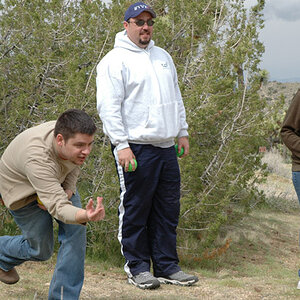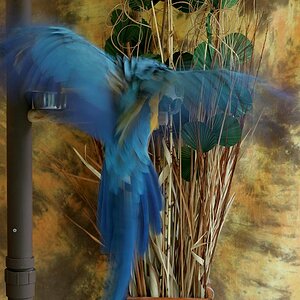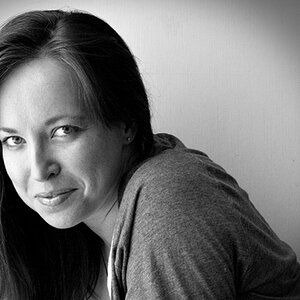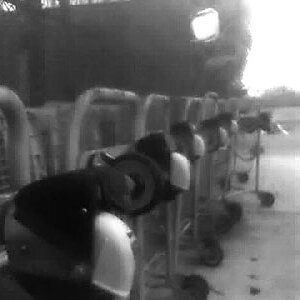robertandrewphoto
TPF Noob!
- Joined
- Sep 1, 2009
- Messages
- 222
- Reaction score
- 6
- Location
- South Jersey
- Can others edit my Photos
- Photos NOT OK to edit
Is this possible?
I just bought a new film camera and I do HDR shots with my digital photography and I would like to do the same with film.
I would think that you could simply overlay the 3-howevermany shots on the enlarger but I don't know what the outcome would be.
Any insight is greatly welcome
I just bought a new film camera and I do HDR shots with my digital photography and I would like to do the same with film.
I would think that you could simply overlay the 3-howevermany shots on the enlarger but I don't know what the outcome would be.
Any insight is greatly welcome


![[No title]](/data/xfmg/thumbnail/42/42327-560f11a37bb209e9091c0fc9e1028cdc.jpg?1619740128)
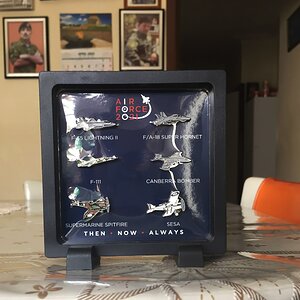
![[No title]](/data/xfmg/thumbnail/33/33906-2f9b24e4b1e1be07f68257916df0f2b3.jpg?1619736208)
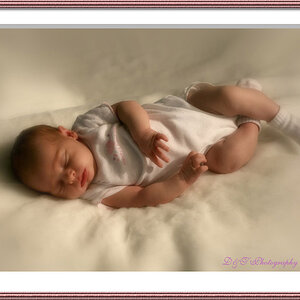
![[No title]](/data/xfmg/thumbnail/42/42326-1e75ade9716f7e863d85def8d13cf591.jpg?1619740127)
